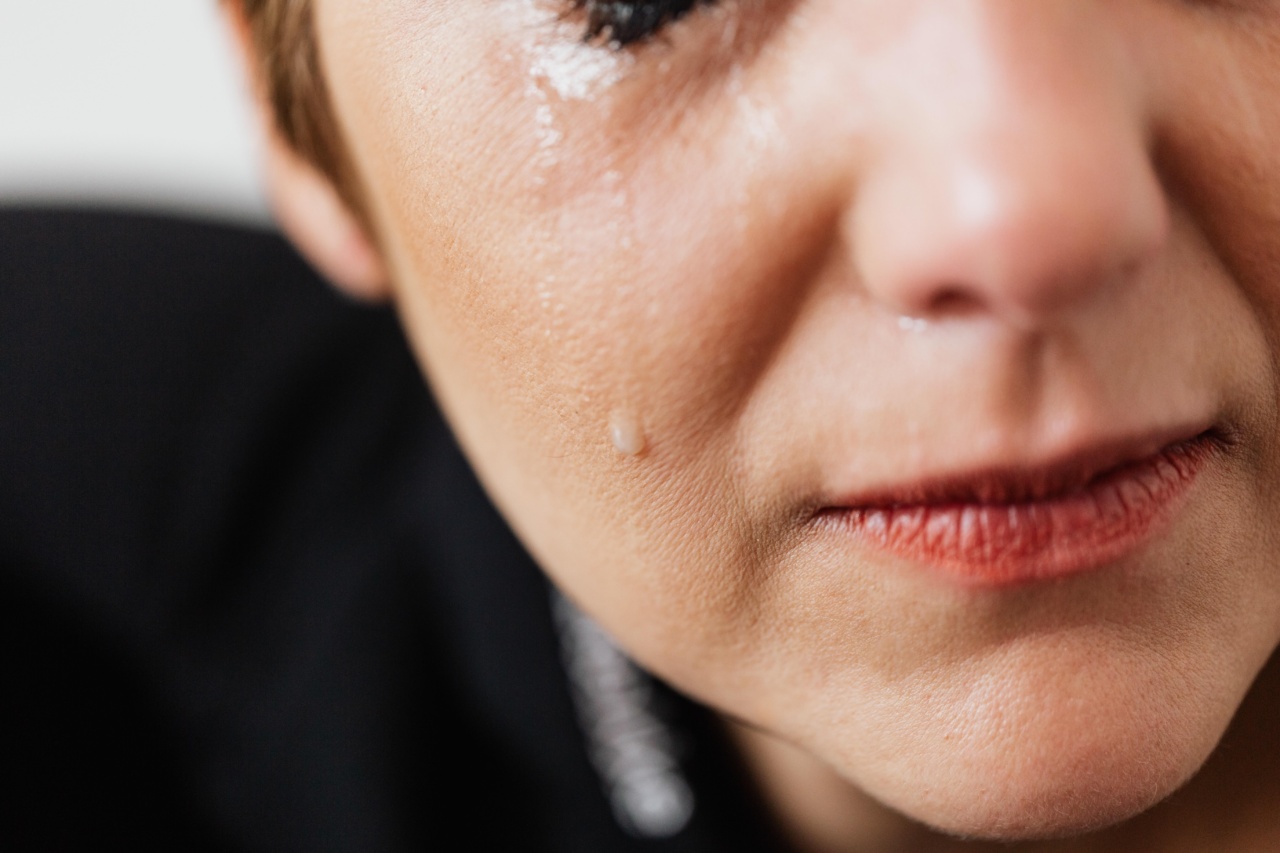Pain in the genital area can be a distressing and uncomfortable experience for women. The causes of genital pain can vary from mild discomfort to severe pain and may affect different parts of the genitals.
Understanding the causes of genital pain and how to manage them is essential for getting relief from pain and discomfort. Here are the 5 common causes of pain in women’s genitals and their solutions:.
1. Vulvodynia
Vulvodynia is a chronic pain condition that affects the vulva, which is the external female genitalia. The condition results in burning, stinging, or rawness in the vulva area.
Vulvodynia is not caused by an infection or an injury, and the cause of the condition is still unclear. The best approach to managing vulvodynia is by focusing on symptom relief and pain management. The following are some of the solutions to manage vulvodynia:.
Topical creams or ointments
Topical creams or ointments that contain lidocaine or other numbing agents can help to reduce the discomfort and pain caused by vulvodynia. These creams are applied directly to the affected areas and can provide relief for several hours.
Pelvic floor physical therapy
Vulvodynia can cause tight muscles in the pelvic floor, contributing to pain and discomfort. Pelvic floor physical therapy involves exercises and other techniques that help to relax the pelvic muscles and reduce pain.
It is usually done under the guidance of a physical therapist specialized in pelvic floor problems.
Medications
Antidepressants and anticonvulsants are medications that can be prescribed to manage the pain and discomfort of vulvodynia. These medications work by blocking pain pathways in the body and can help to manage the chronic pain caused by the condition.
2. Vaginismus
Vaginismus is a condition that causes involuntary spasms in the muscles of the vagina, making penetration during sex or other activities painful or impossible.
Vaginismus can be caused by anxiety, past traumatic experiences, or other medical conditions that affect the pelvic area. The following are some of the ways to manage vaginismus:.
Kegels exercises
Kegel exercises are a type of pelvic floor exercise that involves contracting and relaxing the pelvic muscles. These exercises can help to increase the strength and flexibility of the pelvic muscles, improving the symptoms of vaginismus.
Sex therapy
Sex therapy involves talking to a therapist specialized in sexual issues to address the psychological factors that may be contributing to vaginismus.
Sex therapy can help to address issues like past traumatic experiences, anxiety, and relationship issues that may be contributing to the condition.
Dilators
Dilators are small devices that are inserted into the vagina to help with stretching and relaxing the pelvic muscles.
Dilators are usually used in combination with other techniques like pelvic floor exercises or sex therapy to manage vaginismus effectively.
3. Urinary tract infections (UTIs)
Urinary tract infections are infections that occur in the urinary tract, which includes the kidneys, bladder, ureters, and urethra. UTIs can cause pain during urination, lower abdominal pain, and other symptoms.
The following are the solutions to manage UTIs:.
Antibiotics
Antibiotics are medications that can help to treat the bacterial infections that cause UTIs. Antibiotics are usually effective in treating uncomplicated UTIs, and the treatment course may last for a few days to a week.
It is important to take antibiotics as prescribed and complete the full course of treatment.
Drinking plenty of water
Drinking plenty of water can help to flush out the bacteria causing the UTI and relieve the symptoms of pain and discomfort.
Urinating frequently
Frequent urination can help to flush out the bacteria causing the UTI and reduce the risk of complications like kidney infections.
4. Genital herpes
Genital herpes is a viral infection that can cause blisters, sores, and pain in the genital area. The herpes virus is usually transmitted through sexual contact with an infected person. The following are some of the ways to manage genital herpes:.
Antiviral medications
Antiviral medications can help to reduce the severity and duration of outbreaks of genital herpes. These medications can also help to reduce the risk of transmission to sexual partners.
Topical creams or ointments
Topical creams or ointments that contain numbing agents like lidocaine can help to reduce the pain and discomfort caused by genital herpes. These creams are applied directly to the affected areas and can provide relief for several hours.
Avoiding triggers
Certain factors like stress, illness, and menstrual periods can trigger outbreaks of genital herpes. Avoiding these triggers can help to reduce the frequency of outbreaks and manage the symptoms of the condition.
5. Endometriosis
Endometriosis is a condition where the tissue that usually lines the inside of the uterus grows outside the uterus. This condition can cause pain and discomfort in the pelvic area, especially during menstruation.
The following are some of the ways to manage endometriosis:.
Nonsteroidal anti-inflammatory drugs (NSAIDs)
NSAIDs like ibuprofen and naproxen can help to reduce the pain and discomfort caused by endometriosis. These medications can also help to reduce the inflammation associated with the condition.
Hormonal therapy
Hormonal therapy is an option for managing endometriosis. Hormonal therapy works by reducing or eliminating the menstruation cycle, which can help to reduce pain and discomfort associated with endometriosis.
Surgery
In severe cases of endometriosis, surgery may be necessary to remove the endometrial tissue and manage the symptoms of the condition. Surgery is usually done under general anesthesia and may involve removing parts of the uterus or ovaries.
In Conclusion
Pain in the genital area can be caused by various factors. Understanding the cause of the pain and how to manage it can help women to get relief from discomfort and pain. The solutions to managing genital pain may vary depending on the cause of the pain.
Consulting with a healthcare provider is usually the best approach to determine the cause of genital pain and the best solutions to manage it.


























